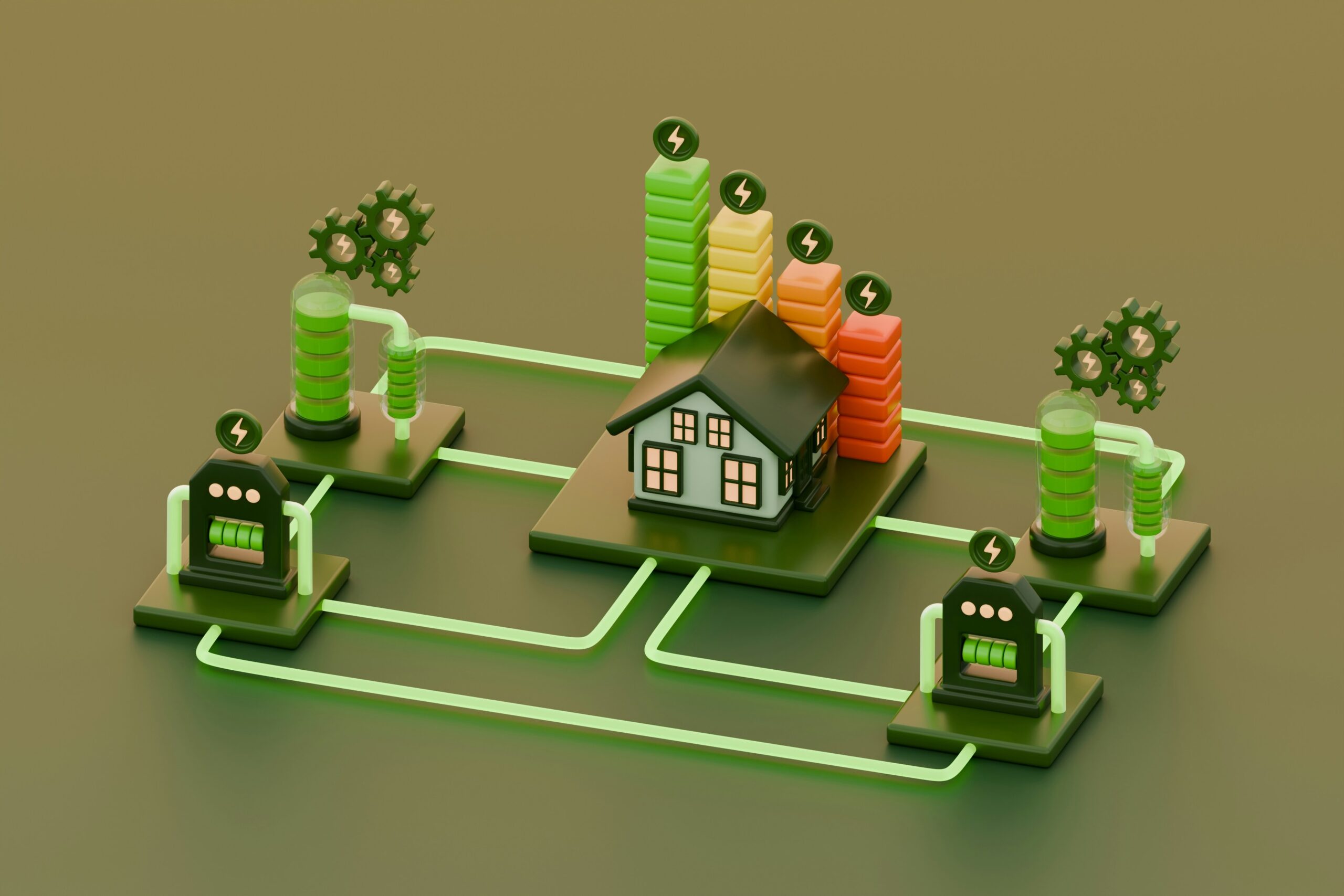Breaking Boundaries with Digital Design Tools
Technology has revolutionized the way architects approach design. Gone are the days of exclusively drafting by hand—today’s digital design tools offer unparalleled precision, efficiency, and creativity.
Parametric Design
Parametric design tools like Rhino and Grasshopper have redefined what’s possible in architecture by allowing architects to create highly complex and adaptive designs. With these tools, architects can adjust parameters like size, slope, or shape and instantly see how the changes affect the overall structure.
Expert Opinion
“Parametricism is not just a style; it’s a methodology,” says Patrick Schumacher, principal of Zaha Hadid Architects.
Virtual Reality (VR) and Augmented Reality (AR)
VR and AR are transforming how spaces are visualized before construction begins. With VR, clients can virtually walk through buildings yet to be constructed, giving them a firsthand experience of spaces. AR layers digital designs onto the physical world, enabling architects and clients to see how structures will integrate with their surroundings.
Pro Tip
Invest in user-friendly AR platforms like SketchUp Viewer or Unity. They offer accessible ways to present your designs interactively to clients.
Building Information Modeling (BIM)
BIM software like Autodesk Revit and ArchiCAD allows architects and engineers to collaborate seamlessly. By creating detailed digital twins of buildings, BIM consolidates design, construction, and maintenance into one model.
Stat Highlight
According to a report by Dodge Data & Analytics, 79% of architects who implement BIM report higher project quality through better multidisciplinary collaboration.
Smart Cities and Sustainable Architecture
Technology is playing a key role in addressing the urgent need for sustainability and urban efficiency. Through advancements like IoT and AI, architects are reshaping cities to be smarter and more sustainable.
IoT in Smart Cities
The Internet of Things (IoT) connects devices and systems, enabling cities to collect real-time data for efficient urban management. For example, sensors in smart buildings monitor energy consumption, optimizing heating, cooling, and lighting systems automatically.
AI for Energy Efficiency
Artificial intelligence is helping architects design for sustainability by simulating energy efficiency during the design phase. Tools like Sefaira analyze energy use, air circulation, and natural light, fine-tuning designs for minimal environmental impact.
Example
The Edge in Amsterdam, often called the smartest building in the world, uses AI and IoT to optimize lighting, heating, and office space utilization. It consumes 70% less electricity than comparable office buildings.
Green Building Materials
Technology is also driving innovation in sustainable materials. From self-healing concrete to algae-infused facades that act as bio-solar panels, new materials are reducing construction’s carbon footprint.
| Technology | Application |
|---|---|
| IoT Sensors | Real-time monitoring of energy consumption in smart buildings |
| AI-Powered Design Tools | Energy simulations and sunlight analysis to create eco-friendly designs |
| 3D Printing | Reduces waste by printing exact material requirements |
| Self-Healing Concrete | Expands building lifespan while reducing repair costs |
| Bio-Solar Algae Facades | Generates clean energy and improves insulation |
The Integration of Robotics and Construction
Robots are no longer just a vision of the distant future—they’re actively reshaping how we construct buildings. By automating repetitive, high-risk tasks, robotics is streamlining processes and increasing safety on construction sites.
3D Printing Entire Buildings
3D printers are now able to print entire structures in a matter of days. Companies like Apis Cor and ICON are pushing innovation, building affordable housing much faster than traditional construction.
Stat Highlight
A 3D-printed house uses 30% fewer materials and can reduce construction time by up to 70%.
Drones in Site Surveys
Drones are being employed to survey construction sites accurately and efficiently. Equipped with high-definition cameras and LIDAR technology, drones create detailed topographical maps that architects and engineers can use for design and planning.
Expert Example
China’s Broad Group used modular technology and robotics to construct a 10-story apartment building in just 28 hours.
Pro Tip
Consider automation tools like Spot the robotic dog from Boston Dynamics. It can safely survey and monitor hazardous construction sites, ensuring worker safety.
The Challenges of Adopting New Technology
While the benefits of technology in architecture are undeniable, adopting these innovations is not without challenges.
Cost Barrier
High-tech tools and software often come with substantial costs, making access difficult for smaller firms.
Learning Curve
Staying up-to-date with the latest technology can be overwhelming for professionals unfamiliar with advanced tools like BIM or AI-powered software.
Ethical Concerns
AI-driven architecture raises questions of originality and creativity. Critics question whether reliance on AI diminishes the designer’s role.
Pro Tip
Start small. Explore free or trial versions of tools like Blender or Enscape to experiment with advanced tech before committing to paid software.
Harness Opportunities for the Future
Technology is undeniably shaping the future of architecture in profound ways. It’s enabling architects to push creative boundaries, streamline workflows, and contribute to a more sustainable world. However, the key lies in finding a balance between technology and the traditional art of design, ensuring innovation fosters creativity rather than limiting it.
Take Action
Explore technologies that align with your firm’s needs and goals. If you’re curious about incorporating more digital tools, connect with online resources or architecture communities to take the first step.
Stay curious and keep innovating—there has never been a more exciting time to be part of the world of architecture.
